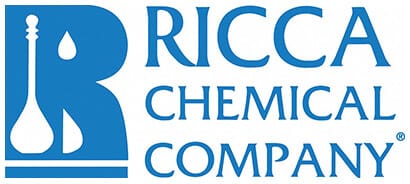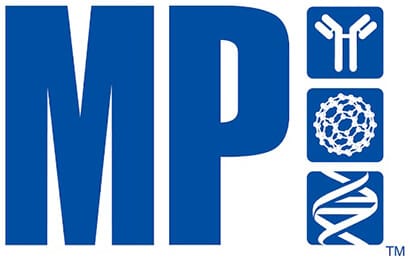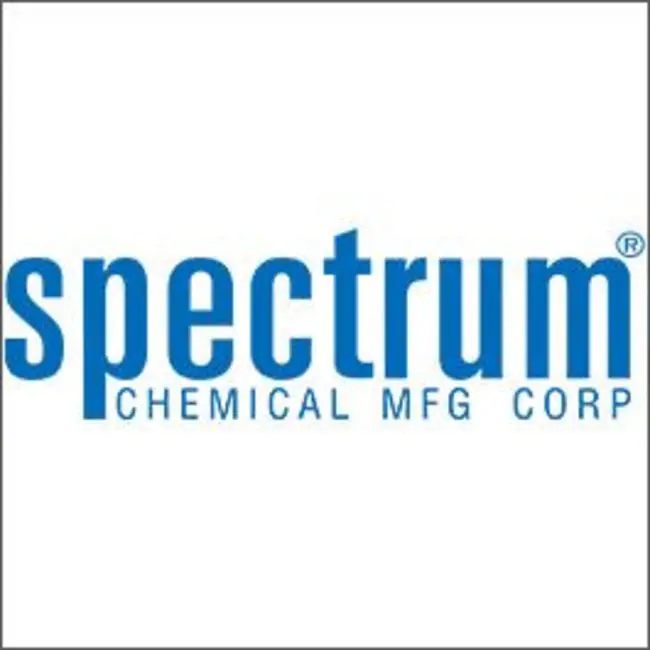5 KG
Showing 51–100 of 138 results
-

L-Cysteine hydrochloride monohydrate
$1,533.55 Add to cart View Product DetailsL-Cysteine Hydrochloride Monohydrate
1,333.52 -

L-Glutamic acid
$260.44 Add to cart View Product DetailsL-Glutamic Acid
-

L-GLUTAMIC ACID
$188.78 Add to cart View Product DetailsL-GLUTAMIC ACID
-

L-Leucine
$2,009.33 Add to cart View Product DetailsL-Leucine
1,747.24 -
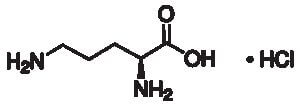
L-Ornithine, hydrochloride
$2,297.14 Add to cart View Product DetailsL-Ornithine Hydrochloride
1,997.51 -

Lactalbumin hydrolysate enzymatic
$715.88 Add to cart View Product DetailsLactalbumin Hydrolysate Enzymatic
-
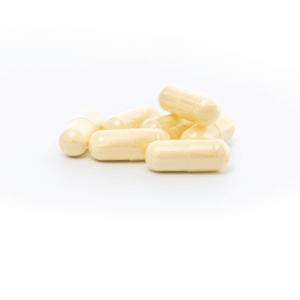
LB Agar Medium (capsules)
$1,083.22 Add to cart View Product DetailsEncapsulated media, simply count out the appropriate number of capsules, drop them in water, and autoclave
-
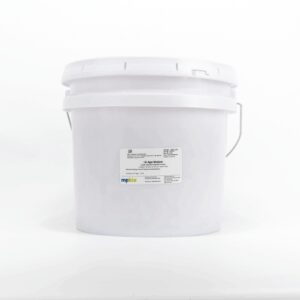
LB Agar Medium (large capsules)
$1,594.59 Add to cart View Product DetailsEncapsulated format for convenience and ease of use. Simply count out the appropriate number of capsules. Drop capsules in water, and autoclave
1,386.60 -
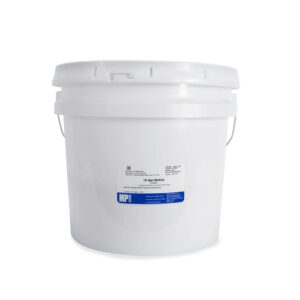
LB Agar Medium (powder)
$680.95 Add to cart View Product DetailsEncapsulated media, simply count out the appropriate number of capsules, drop them in water, and autoclave
-

LB Broth, Miller
$560.63 Add to cart View Product DetailsFor the cultivation, propagation and maintenance of E. coli , B. subtilis, S. choleraesuis, C. glutamicum and other bacteria for molecular biology applications. Contains 10 g/liter sodium chloride.
-
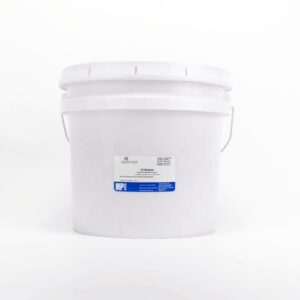
LB Medium (capsules)
$1,693.48 Add to cart View Product DetailsEncapsulated format for convenience and ease of use. Simply count out the appropriate number of capsules. Drop capsules in water, and autoclave
1,472.59 -
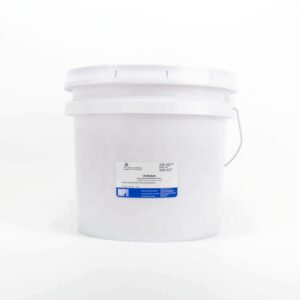
LB Medium (large capsules)
$1,289.48 Add to cart View Product DetailsEncapsulated format for convenience and ease of use. Simply count out the appropriate number of capsules. Drop capsules in water, and autoclave
1,121.29 -
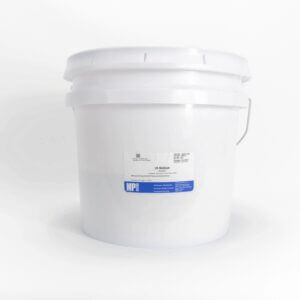
LB Medium (powder)
$823.69 Add to cart View Product DetailsMolecular Biology Certified
-
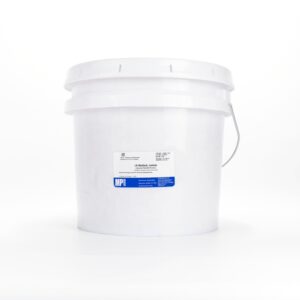
LB Medium, Lennox (capsules)
$1,006.97 Add to cart View Product DetailsNo weighing. No dust. No cleanup. No smell. Simply drop capsules in water and autoclave.
-
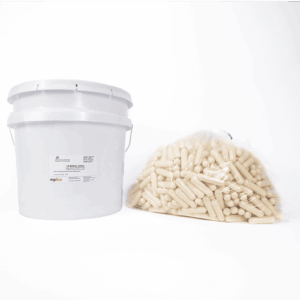
LB Medium, Lennox (large capsules)
$1,071.62 Add to cart View Product DetailsNo weighing. No dust. No cleanup. No smell. Simply drop capsules in water and autoclave.
-

Lead acetate, trihydrate, ACS
$735.74 Add to cart View Product DetailsLead acetate, trihydrate, ACS
-

Magnesium chloride, hexahydrate, ACS reagent grade, 99-102%
$433.48 Add to cart View Product DetailsMagnesium Chloride Hexahydrate
-

Magnesium sulfate heptahydrate, ACS grade
$373.57 Add to cart View Product DetailsMagnesium Sulfate Heptahydrate
-

Magnesium sulfate heptahydrate, molecular biology reagent
$308.84 Add to cart View Product DetailsMagnesium Sulfate, Heptahydrate
-

MANGANESE(II) NITRATE
$875.05 Add to cart View Product DetailsMANGANESE(II) NITRATE
-

Methyl-p-Hydroxybenzoate
$477.72 Add to cart View Product DetailsMethyl P-Hydroxybenzoate
-

MP Alumina A, Act. I acid pH
$608.94 Add to cart View Product DetailsMP EcoChrom™ Alumina B, Activity I are a good “all-round” adsorbents for laboratory use as well as for industrial use. They can be adjusted to lower activity by the addition of polar media, preferably water, but also higher alcohols, e.g. glycol or glycerol can be used. An oxide of aluminum, occurring in nature as various minerals such as bauxite, corundum, etc. It is used as an adsorbent, desiccating agent, and catalyst, and in the manufacture of dental cements and refractories.
-

MP Alumina Activity II-III acc. to Brockman
$328.06 Add to cart View Product DetailsMP EcoChrom™ Alumina, Activity II-III is an economical adsorbents of medium activity. Is often used where activated charcol can not be used due to its organic nature, or, where the cation exchange properties of basic alumina are desired. Is suitable for the development of separation methods and for technical separations where a custom-made adsorbents for special separation is not available. An oxide of aluminum, occurring in nature as various minerals such as bauxite, corundum, etc. It is used as an adsorbent, desiccating agent, and catalyst, and in the manufacture of dental cements and refractories.
-

MP Alumina B Activity Super I
$633.45 Add to cart View Product DetailsExtremely constant deactivation behavior. Commonly used for purification processes requiring the highest precision and reproducibility
-

MP Alumina N, Act 1 neutral pH
$592.01 Add to cart View Product DetailsMP EcoChrom™ Alumina is essentially aluminum oxide, Al2O3, occurring in nature as minerals bauxite, bayerite, corundum, etc.
-

MP Alumina N, Super I
$621.68 Add to cart View Product DetailsAdsorption capacity approximately twice as high as that of MP EcoChrom™ Alumina N, Activity I. Extremely constant deactivation behavior. Commonly used for purification processes requiring the highest precision and reproducibility
-

NIACINAMIDE, 98-100%
$333.05 Add to cart View Product DetailsNIACINAMIDE, 98-100%
-

OLEIC ACID METHYL ESTER
$842.19 Add to cart View Product DetailsOLEIC ACID METHYL ESTER
-

PHENYL SALICYLATE
$845.83 Add to cart View Product DetailsPHENYL SALICYLATE
-

Polyvinylpyrrolidone K30
$903.54 Add to cart View Product DetailsPolyvinylpyrrolidone K30
-
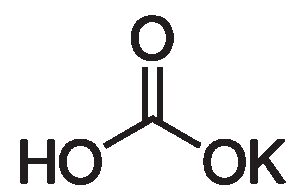
Potassium bicarbonate
$330.81 Add to cart View Product DetailsPotassium Bicarbonate
-
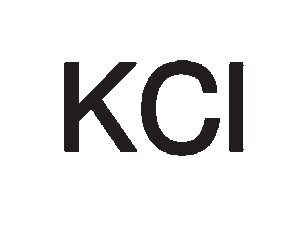
Potassium Chloride
$257.36 Add to cart View Product DetailsPotassium Chloride
-
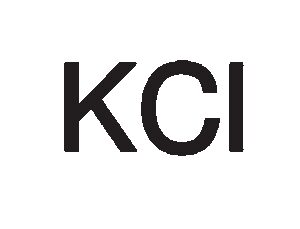
Potassium Chloride, ACS
$317.86 Add to cart View Product DetailsPotassium Chloride
-
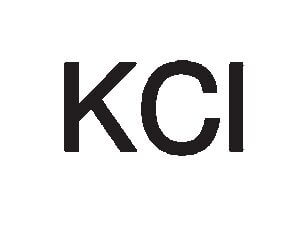
Potassium chloride, molecular biology reagent, ≥99%
$241.99 Add to cart View Product DetailsPotassium Chloride
-

Potassium nitrate
$575.05 Add to cart View Product DetailsPotassium Nitrate
-

Potassium phosphate monobasic
$683.96 Add to cart View Product DetailsPotassium phosphate monobasic
-
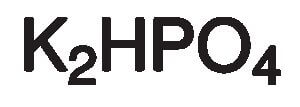
Potassium phosphate, dibasic
$892.11 Add to cart View Product DetailsPotassium Phosphate Dibasic
-

Potassium phosphate, dibasic
$680.46 Add to cart View Product DetailsPotassium Phosphate Dibasic
-

Potassium phosphate, dibasic
$661.84 Add to cart View Product DetailsPotassium phosphate is a reagent with high buffering capacity. It occurs in several forms: monobasic, dibasic and tribasic. Most pH neutral potassium phosphate buffer solutions consist of mixtures of the monobasic and dibasic forms to varying degrees, depending on the desired pH.
-

Potassium phosphate, monobasic
$512.99 Add to cart View Product DetailsPotassium phosphate is a reagent with high buffering capacity. It occurs in several forms: monobasic, dibasic, and tribasic (K3PO4). Most pH neutral potassium phosphate buffer solutions consist of mixtures of the monobasic and dibasic forms to varying degrees, depending on the desired pH.
-

Propylene carbonate
$323.75 Add to cart View Product DetailsPropylene carbonate
-

Riboflavin, USP
$1,531.18 Add to cart View Product DetailsRiboflavin
1,331.46 -

Sodium Acetate Anhydrous, molecular biology reagent
$353.08 Add to cart View Product DetailsSodium Acetate Anhydrous, molecular biology reagent
-

Sodium bicarbonate
$157.73 Add to cart View Product DetailsSodium Bicarbonate
-

SODIUM BICARBONATE, U.S.P.
$231.29 Add to cart View Product DetailsSODIUM BICARBONATE, U.S.P.
-
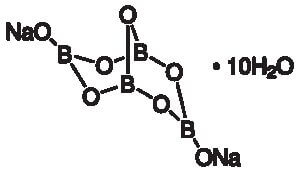
Sodium borate, decahydrate
$242.37 Add to cart View Product DetailsSodium borate decahydrate is a mineral, and a salt of boric acid. The term borax is used for a number of closely related minerals or chemical compounds that differ in their crystal water content, but usually refers to the decahydrate.
-

Sodium chloride
$223.07 Add to cart View Product DetailsSodium Chloride
-

Sodium Chloride, ACS
$173.94 Add to cart View Product DetailsSodium Chloride
-

Sodium Chloride, cell culture reagent
$131.32 Add to cart View Product DetailsSodium Chloride
-

Sodium chloride, molecular biology reagent, ≥99.5%
$187.84 Add to cart View Product DetailsSodium Chloride


